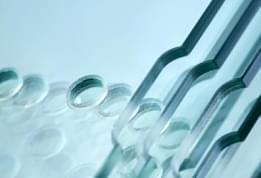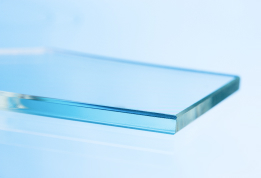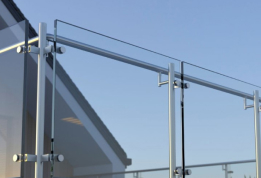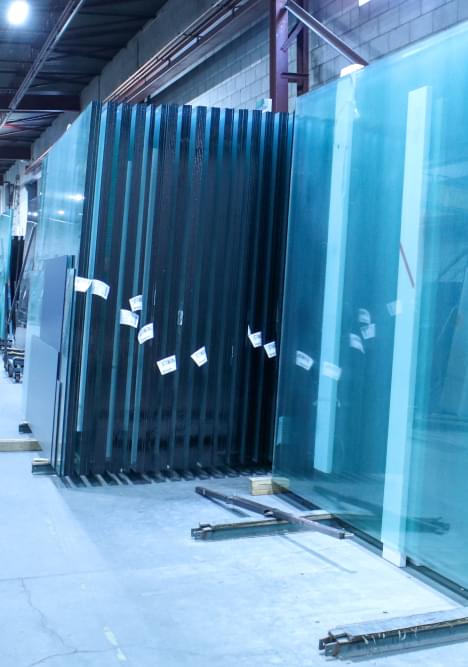The Role Glass Fabrication Plays in Green Building Initiatives
The term “green building” is used to describe the implementation of sustainable products and resources through a building’s construction. The fundamental purpose of green building initiatives is to ensure thoughtful design that is energy efficient, modern, and long-lasting. One such material that plays an imperative role in green building construction today is glass. Glass fabrication products provide many benefits in green building initiatives due to their ability to offer transparency, natural-day lighting, acoustic control, and being a completely recyclable material.
Today we’ll discuss the role glass fabrication products plays in green building construction.
What is the purpose of green buildings?
Rising global temperatures are no secret – with growing sea levels, extended wildfire seasons, and thousands of species at risk of extinction, it’s about time we take a critical eye at the ways in which human activity negatively impacts the natural world. Climate change affects every aspect of the world we live in, including urban life. Cities are a key contributor to climate change, acting primarily as a major source of greenhouse gas emissions.
Green building initiatives are designed to combat the negative impact of greenhouse gas emissions by design. They are constructed to use less water, to product less waste, to be more energy-efficient, and to conserve natural resources. Green buildings are meant to reduce operational costs in addition to improving overall quality of life.
How are glass products used in green building initiatives?
Glass plays an imperative role in the construction of green buildings. Glass offers both practical and aesthetic qualities that range from enhancing architectural design to improving the building’s overall thermal performance. The benefits of opting for glass in green building are accomplished through the strategic selection and placement of various types of glass products.
What glass types are used in the construction on green buildings?
Opting for green glass types such as opal glass or sunshield glass offers added benefits in addition to improving a building’s aesthetic quality. Certain glass types offer cooling and/or warming ability through reflective properties limiting the need for a building to rely on internal heating and cooling systems that utilize fossil fuels.

The term “green building” is used to describe the implementation of sustainable products and resources through a building’s construction. The fundamental purpose of green building initiatives is to ensure thoughtful design that is energy efficient, modern, and long-lasting. One such material that plays an imperative role in green building construction today is glass. Glass fabrication products provide many benefits in green building initiatives due to their ability to offer transparency, natural-day lighting, acoustic control, and being a completely recyclable material.
Today we’ll discuss the role glass fabrication products plays in green building construction.
What is the purpose of green buildings?
Rising global temperatures are no secret – with growing sea levels, extended wildfire seasons, and thousands of species at risk of extinction, it’s about time we take a critical eye at the ways in which human activity negatively impacts the natural world. Climate change affects every aspect of the world we live in, including urban life. Cities are a key contributor to climate change, acting primarily as a major source of greenhouse gas emissions.
Green building initiatives are designed to combat the negative impact of greenhouse gas emissions by design. They are constructed to use less water, to product less waste, to be more energy-efficient, and to conserve natural resources. Green buildings are meant to reduce operational costs in addition to improving overall quality of life.
How are glass products used in green building initiatives?
Glass plays an imperative role in the construction of green buildings. Glass offers both practical and aesthetic qualities that range from enhancing architectural design to improving the building’s overall thermal performance. The benefits of opting for glass in green building are accomplished through the strategic selection and placement of various types of glass products.
What glass types are used in the construction on green buildings?
Opting for green glass types such as opal glass or sunshield glass offers added benefits in addition to improving a building’s aesthetic quality. Certain glass types offer cooling and/or warming ability through reflective properties limiting the need for a building to rely on internal heating and cooling systems that utilize fossil fuels.







